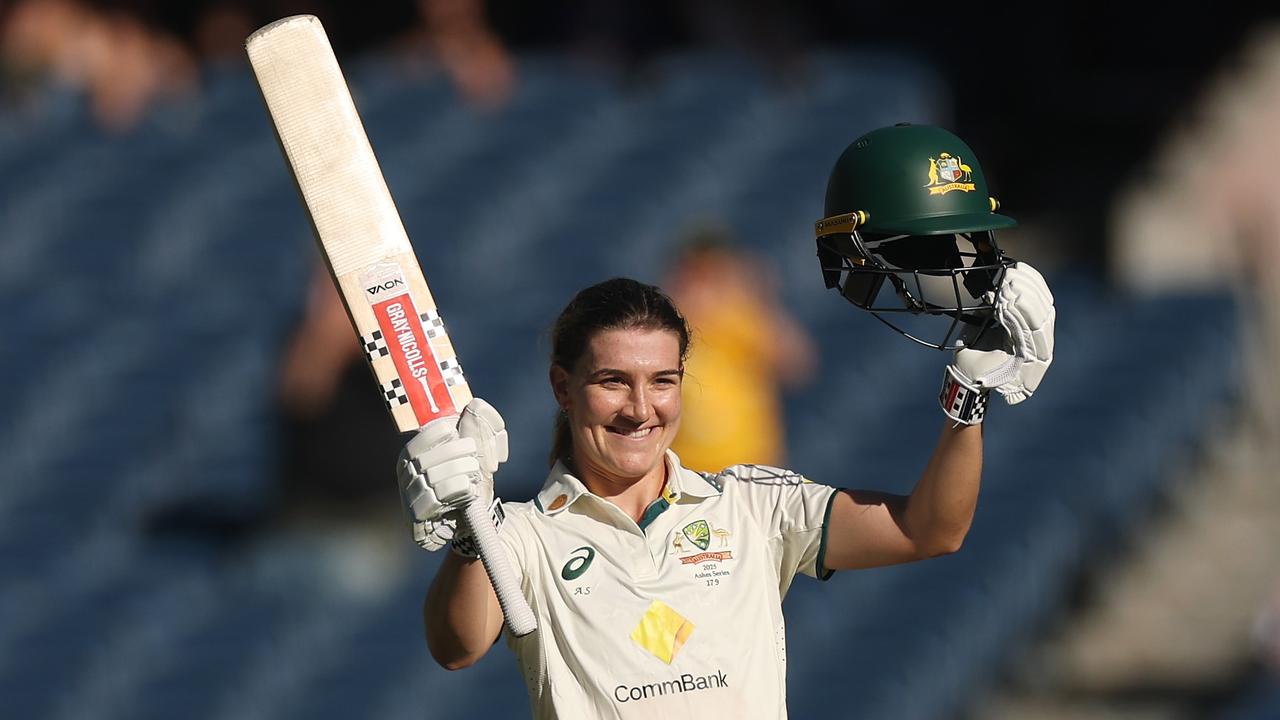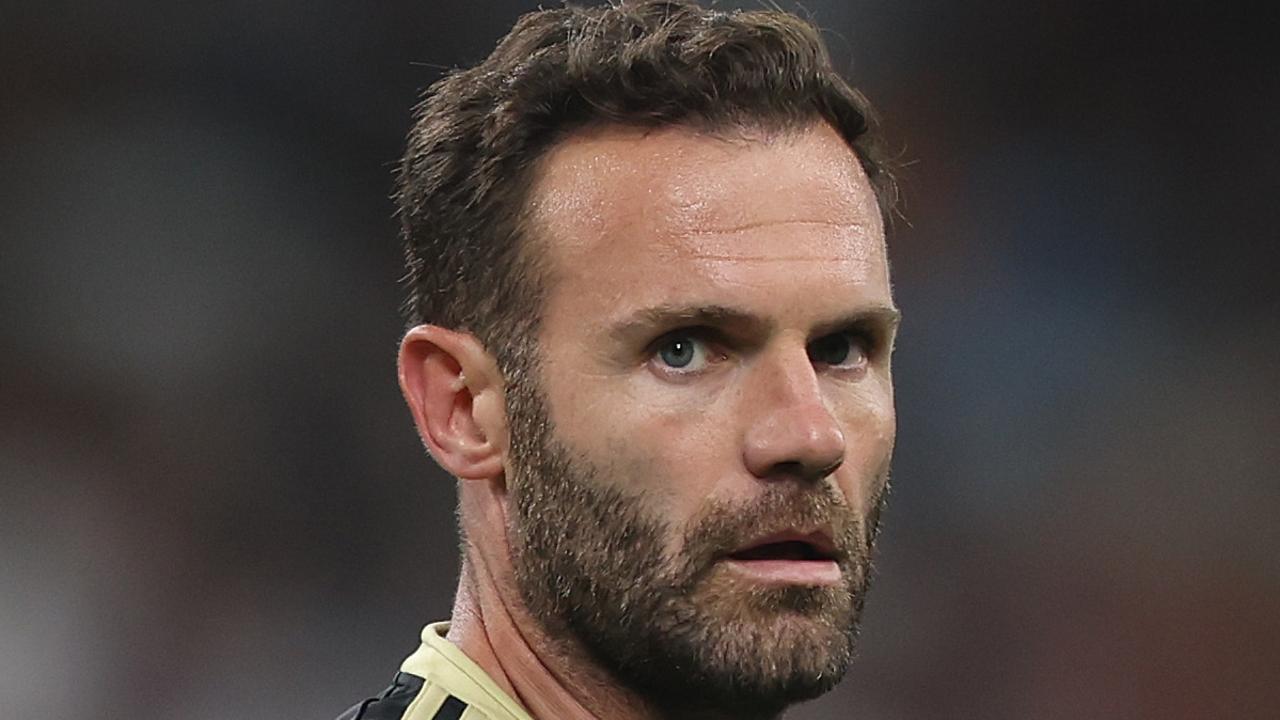14 things to know about the Voice to Parliament ahead of October 14 referendum
After months of campaigning, it’s finally voting day for the Voice to Parliament referendum. Here’s everything you need to know.
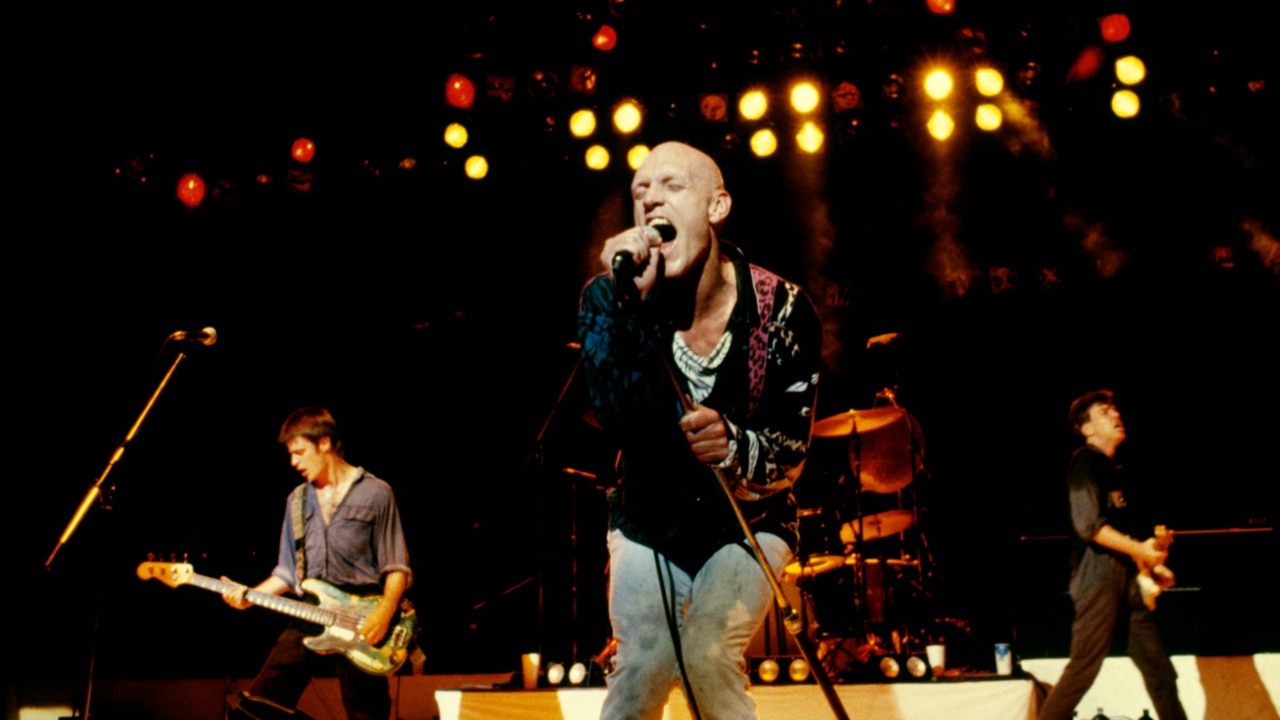
Australians will soon know whether they are to have an Aboriginal and Torres Strait Islander Voice enshrined in the country’s constitution.
More than 17m Australians were registered to vote in the first referendum since 1999, and already more than five million people have cast their ballots via early voting.
While the polls suggest that Anthony Albanese’s key promise is set to fail, there are still questions about what it is exactly we are being asked to vote on.
Here’s 14 things you need to know about the Voice.
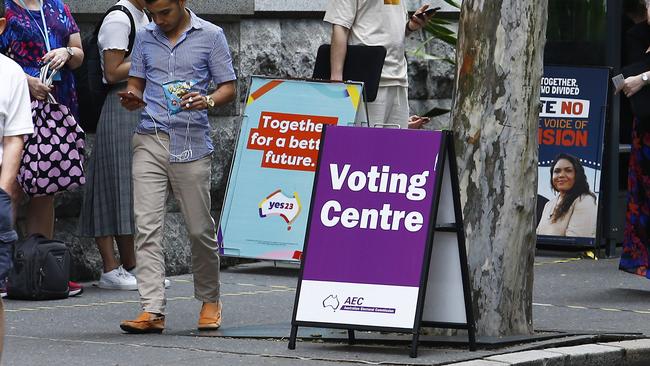
1. What are we voting on?
On referendum day, Australians are being asked to vote “yes” or “no” to a single question: “A proposed law: to alter the Constitution to recognise the First Peoples of Australia by establishing an Aboriginal and Torres Strait Islander Voice. Do you approve this proposed alteration?”
If a “yes” vote wins, the Australian constitution would be rewritten to state that the Voice “may make representations to the Parliament and executive government on matters relating to Aboriginal and Torres Strait Islander peoples”.
The parliament itself would be responsible for setting up the Voice, and would decide how many members the Voice would have and how they would be selected.
Prime Minister Anthony Albanese says voters are being asked to vote on two things: “One, to recognise a fact – that there were people here before 1788.
“And the second thing is a non-binding advisory committee that may give advice on matters that affect Indigenous people”.
Voters should only write “yes” or “no”.
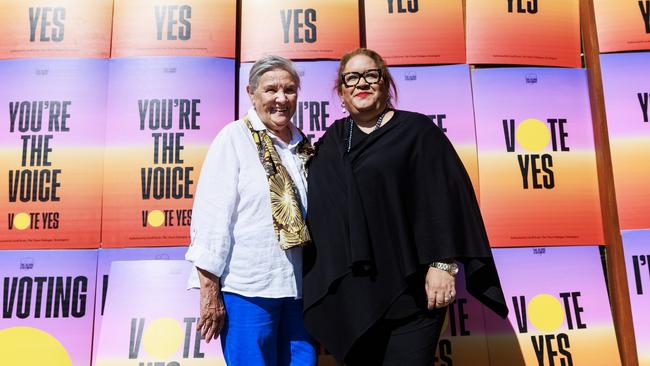
2. Where did the idea of Voice come from?
The concept of Aboriginal and Torres Strait Islander representation is not new. But it was not until 2015, after years of discussion about constitutional recognition, that the then-government asked a bipartisan referendum council for advice on how Indigenous Australians could be acknowledged in the constitution.
After two years of dialogues, led by Aunty Pat Anderson, Megan Davis and Noel Pearson, a group of 250 Indigenous leaders met at Uluru in 2017.
It was there they called for constitutionally enshrining an Aboriginal and Torres Strait Islander Voice in the one-page Uluru Statement from the Heart.
The government at the time rejected the call, claiming the Voice would be a “third chamber” of parliament.
It sat virtually untouched until, in his acceptance speech on May 21, 2022, Prime Minister Anthony Albanese used his first words to commit to implementing the Uluru Statement From the Heart “in full”.
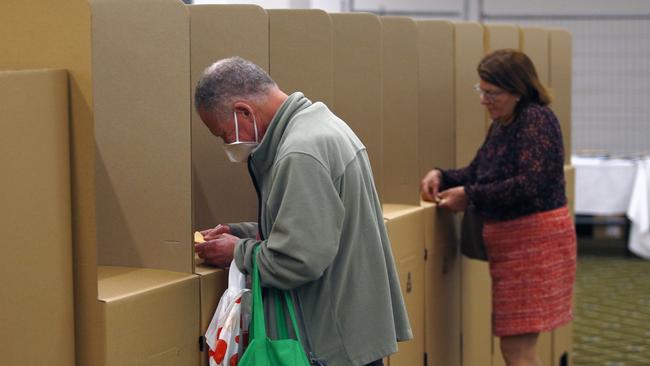
3. How does a referendum work?
Former prime minister Robert Menzies famously remarked “to get an affirmative vote from the Australian people on a referendum proposal is a labour of Hercules”, after he failed to get his referendum banning communism passed in 1951.
Referendums are unique, and historically hard to pass – only eight of the 44 referendums since federation in 1901 have been successful, all of which had bipartisan support.
The last one to pass was in 1977.
In order to change the constitution, a majority of people and a majority of states have to vote “yes”.
That means that more than 50 per cent of the population in four of Australia’s six states (NSW, Victoria, Queensland, South Australia, Tasmania and West Australia) need to vote in favour.
Votes in the NT and ACT count only for the national vote.
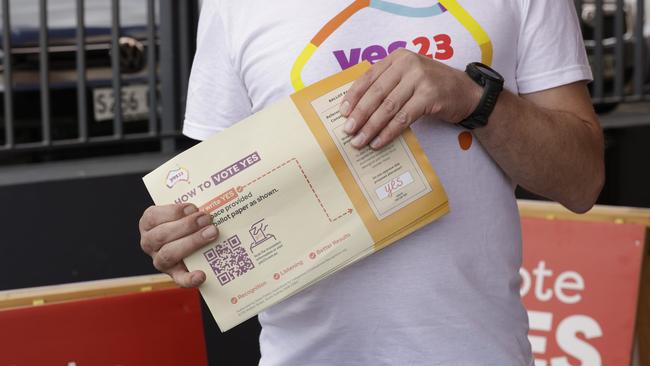
4. What happens if it succeeds?
If the Voice wins the double majority, the constitution will be amended to include the following:
Chapter IX Recognition of Aboriginal and Torres Strait Islander Peoples
129 Aboriginal and Torres Strait Islander Voice
In recognition of Aboriginal and Torres Strait Islander peoples as the First Peoples of Australia:
i. there shall be a body, to be called the Aboriginal and Torres Strait Islander Voice;
ii. the Aboriginal and Torres Strait Islander Voice may make representations to the Parliament and the Executive Government of the Commonwealth on matters relating to Aboriginal and Torres Strait Islander peoples;
iii. the Parliament shall, subject to this Constitution, have power to make laws with respect to matters relating to the Aboriginal and Torres Strait Islander Voice, including its composition, functions, powers and procedures.
What the Voice would look like, including who would be appointed to the body and how that decision would be made, would be a matter for the parliament.
For example, the parliament could decide to have 24 members at first, and in five years time decide that should be increased to 32.
That will always remain a matter for the parliament. Having a Voice enshrined in the Constitution ensures there is always some form of body.
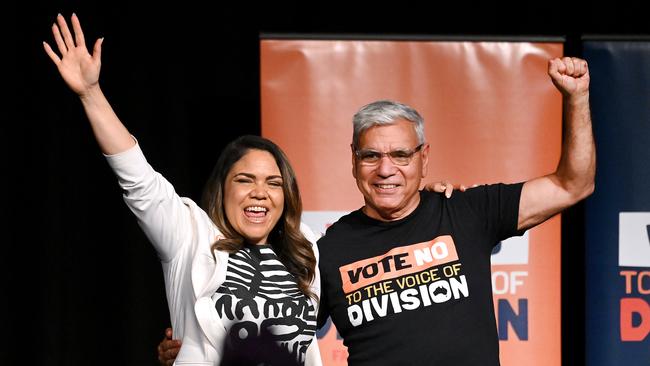
5. What happens if it fails?
If the “No” vote wins, there will not be a Voice enshrined in the constitution.
Mr Albanese has been reluctant to canvass what might happen in the event of a No vote, beyond saying a vote for no is a vote for the “status quo”.
Leading Yes campaigner Noel Pearson says there is no “Plan B” if the Voice fails, that: “No will be a disaster for us. We will all lose. If we vote Yes, we’ll all win”.
Meanwhile, Opposition Leader Peter Dutton, who had previously called for the Prime Minister to send Australians to vote just on recognition – not on a Voice – a few weeks ago said he would hold a second referendum if this one fails and he became the next Prime Minister.
He later walked back his pledge after his Indigenous Australians spokeswoman, Jacinta Nampijinpa Price, rubbished the idea.
If she were to become the next minister, she’s thrown her support behind a “forensic audit” of money spent on Aboriginal and Torres Strait Islander people to prevent waste.
Mr Dutton this week said he would have “a lot more to say in relation to these matters in the run up to the next election”.
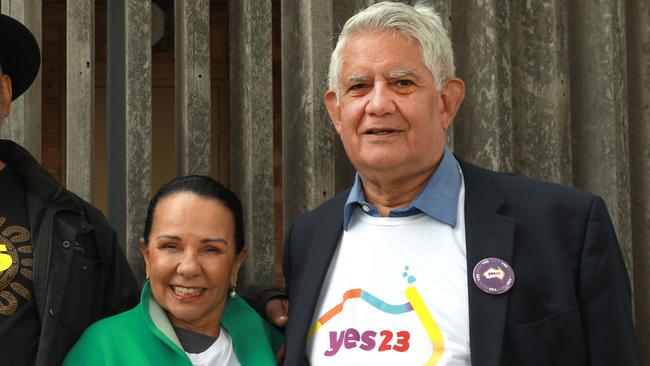
6. The state of Indigenous affairs
The latest Productivity Commission report revealed just four of 19 Closing the Gap targets are “on track”.
Aboriginal and Torres Strait Islander people make up just three per cent of the population, but are over-represented in prison populations, in rates of school non-completion, and in preventable health outcomes.
There is an average eight year gap in life expectancy.
7. Why are we voting on this now?
The concept of listening to Indigenous voices has a long history – stretching back to the 1920s. John Howard committed to constitutional recognition in 2007.
Mr Albanese slammed the “nine years of inaction” under the former coalition government.
When Mr Dutton called for Mr Albanese to delay the vote and pivot to asking Australians to vote just on recognition and instead legislate the Voice, the Prime Minister had a simple response: “If not now, when?”
It’s a message he’s repeated the whole campaign.
“It has been 122 years. We are the only former colony in the world that does not acknowledge its first peoples, and what this is about is just doing that in a safe, generous way,” he said on Thursday.
Mr Dutton maintains the Prime Minister rushed into this referendum, and should have consulted more widely. He’s also questioned why Mr Albanese would send Australians to the polls when cost-of-living is the biggest issue.
To that, Mr Albanese reiterates: “If not now, when”.
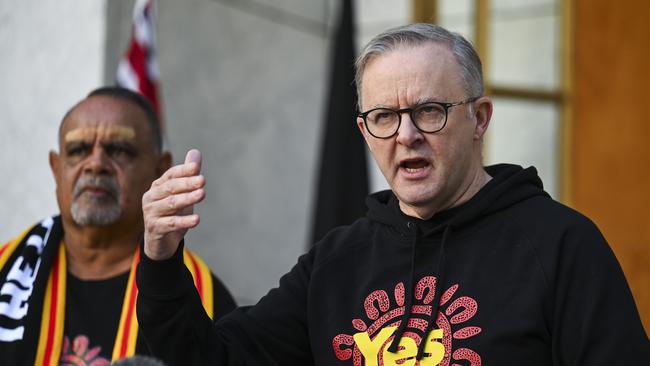
8. What the PM says
The first thing Mr Albanese said when he gave his acceptance speech last May was to commit to the Uluru Statement from the Heart “in full”.
In an emotional press conference earlier this year where he confirmed the final wording for the question, Mr Albanese pleaded with Australians: “This is a modest request. I say to Australia, don’t miss it”.
“This moment has been a very long time in the making. It’s a simple matter from the heart,” he said.
“Recognising Aboriginal and Torres Strait Islander Australians in our Constitution is the best chance this country has to address the injustices of the past and move Australia forward for everyone, the best way to do this is to give people a Voice”.
And, in some of his strongest language yet, last week he spoke of the “catastrophic” outcomes of a No vote – citing how when government listened to Indigenous people during the Covid-19 pandemic, countless lives were saved.
He’s also outlined how the Voice would economically benefit taxpayers, by preventing waste and improve trust in government.
“If you listen to people, you get better outcomes,” he said.
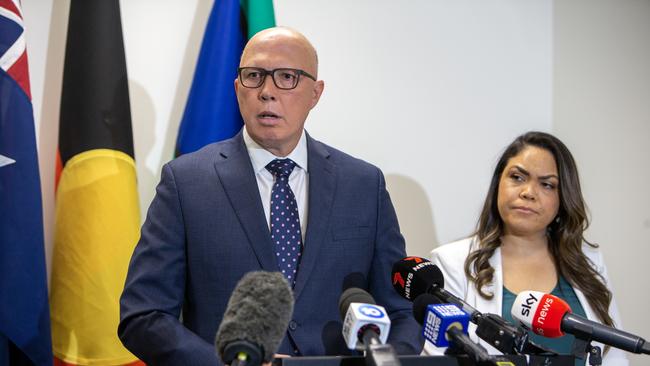
9. What the opposition says
The Nationals party came out in opposition of the Voice late last year, under the guidance of freshman NT senator Jacinta Nampijinpa Price.
Mr Dutton confirmed earlier this year the Liberal Party would also be opposing the Voice. Julian Leeser, the then-shadow attorney general and Indigenous affairs spokesperson defected from the shadow front bench in order to campaign “yes”.
Senator Price, a Warlpiri-Celtic woman, has become one of the leading proponents of the No case, and says the referendum is “divisive” because it “seeks to create different levels of citizenship” and would split the country by race.
“I can’t stand for that,” she said on a doorstop in WA this week
Mr Dutton has repeatedly labelled the Voice “risky” and says Mr Albanese is misleading Australians by calling the Voice a “modest” proposal.
He’s also accused the government of failing to give Australians any detail on what exactly it is they’re being asked for.
“This is the biggest change to our Constitution proposed since Federation and nobody understands what it is that he's talking about,” he said.
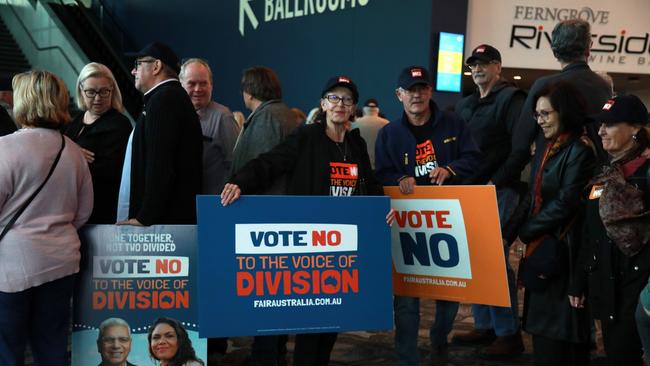
10. What the polls say
Support for the Voice has been falling for months now, with the latest Newspoll suggesting just 36 per cent of people intend to vote yes, compared to 56 per cent voting no. In February, support was at 56 per cent and opposition 37 per cent.
Across all published polls, the average for Yes has fallen below 45 per cent. One polling analyst last month forecasted that if support continues to decline at the rate it was going, the Yes vote was on track for a worse result than in the republic referendum.
Speaking before voting opened, pollster Kos Samaras said the Yes vote needed to reach 52.5 per cent in order to succeed. He said while that task seemed extremely difficult it was “not impossible” given the number of undecided and unengaged voters.
11. Main arguments for Yes
The leading groups arguing for the Voice are the Uluru Dialogues, the group of people who penned the Uluru Statement from the Heart; Yes23; Mr Albanese and his federal government; all Australian state and territory governments; and the Liberals for Yes.
The supporters say Australians are being asked to vote for two things: respect and recognition.
According to reputable polls, 80 per cent of Indigenous people back the Voice to parliament.
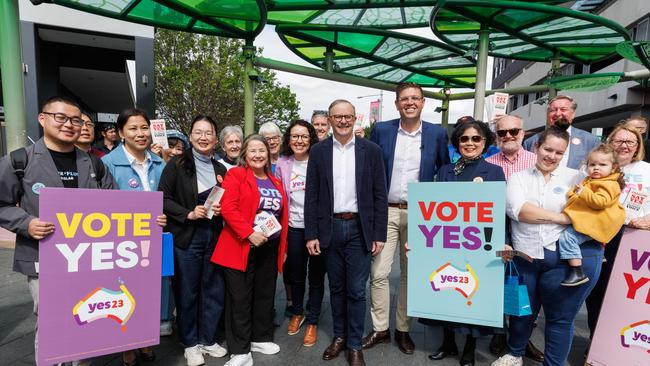
Supporters say the current state of Indigenous affairs and policy making is lacklustre and the status quo cannot continue.
Proponents say a Voice would ensure Indigenous people have a say in matters that affect them. Mr Albanese says that if the government listens to Indigenous people as it creates policies about them, the policies will be better and taxpayer dollars will be better spent.
The Yes campaign also say it’s no longer acceptable for Australia to be one of the only colonised countries in the world that does not recognise Indigenous people in its founding document.
The Voice would have no veto powers and would ultimately be subservient to the parliament, who would have ultimate say over what is listened to and what becomes law.
12. Main arguments for No
The leading No campaign, backed by conservative lobby group Advance under the banner “Australians for Unity” is led by Senator Price and Warren Mundine. Other prominent No campaigners are Mr Dutton and Nationals leader David Littleproud, and the majority of the opposition.
The main No campaign has three major arguments against the Voice, citing concerns about division, legal challenges, and details. They say the Voice will “divide” the country along the lines of race.
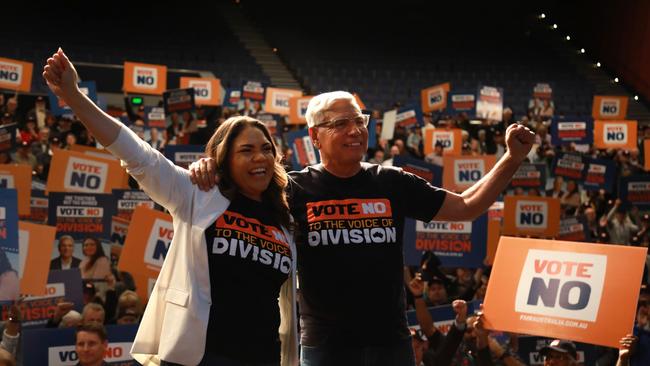
They say the Voice is legally risky and believe it opens up the door for high court legal challenges – despite that myth being debunked by many leading legal experts.
One of the biggest arguments is over detail, with many No voters citing that because they don’t know what the Voice would look like, they don’t feel like they can vote for it. There have also been claims by No proponents nothing is beyond the Voice’s scope – claims which have been countered by Yes campaigners.
There is another No case, referred to as the “progressive” No, spearheaded by Victorian Greens-turned-independent senator – Lidia Thorpe.
Differing to the mainstream No campaign, they say the Voice doesn’t go far enough, that truth and treaty should be the first priorities. They say the Voice will have no power, and some don’t want Indigenous Australians to be made part of the Constitution, which some say is an invalid colonial document.

13. Key figures for
The Yes campaign has been bolstered by a raft of celebrity endorsements. Sporting icons Cathy Freeman, Eddie Betts, Johnathan Thurston, Ash Barty, and Evonne Goolagong Cawley have all given their voices to the campaign.
This week, fresh off the back of the Penrith Panthers premiership win, Nathan Cleary threw his support behind the Voice. A few days later, AFL legend Adam Goodes appeared in a Yes23 ad.
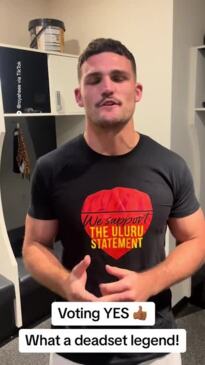
Outside of sports, some of Australia’s biggest names in music have given their voices – sometimes literally – to the campaign: John Farnham, Peter Garrett, Paul Kelly, and Briggs.
Veteran broadcasters Kerry O’Brien and Ray Martin support the Voice.
Oscar winning actor Cate Blanchett supports the Voice, as do a host of Australian actors, and comedians.
International celebrities like Shaquille “Shaq” O’Neal, MC Hammer and Taika Waititi have also thrown their support behind the Voice.
14. Key figures against
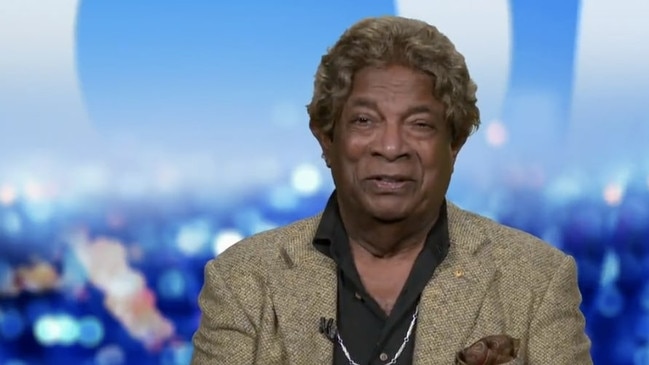
The No campaign has been led by Senator Price, Mr Mundine, and Mr Mundine, with support from other politicians like Pauline Hanson, Ralph Babbett, and Bob Katter.
Former prime ministers John Howard and Tony Abbott have also lent their voices to the No campaign, with Mr Howard calling on No campaigners to “maintain the rage” in the last weeks before the referendum.
Mining magnate Clive Palmer has also spent $2m of his own money to campaign against the Voice. Celebrity endorsements have been fewer, but champion boxer Anthony Mundine has come out against the Voice.
Singer Kamahl has flipped from no to yes but is now back to voting no.


